
Siena, Italy: a Village that Rolls Back Time
As I sit down in an American Cafe in Del Mar, California to write about Italy, the many flavors, smells, beauty, and routine that I quickly adapted to in Europe swirl around in my brain, taking me back to the cobblestone roads, delicious coffee (which came from Germany — more on that in another post) and a, highly active life that was dreamy. We averaged about 15,000 steps a day — walking from morning to late night.
True. This was vacation. But, it’s more than just a mystical draw of two weeks in the Old World — it’s something that I think my soul craves that is perhaps not so much lost in the New World but often forgotten. Take time. Appreciate a good meal. Great conversation, yes, usually with some vino, and walk every day — many steps, and remember to keep dreaming.
I’m not knocking the USA. My hometown, San Diego, is all that and more. It’s a destination for many vacationers, and it’s where I luckily and happily live with my husband.
But you’re here for Italy! And I’m happy to share my travel experiences in hopes you’ll decide to go!
On our Italian vacation, my husband and I planted ourselves in Firenze for five days to use as a home base to explore Toscana — the Tuscan countryside, which is often missed if you visit Florence for the first time. I understand, as there is so much to see in Florence, but both of us have been here before and this time we wanted to see the wine country and other nearby regions.
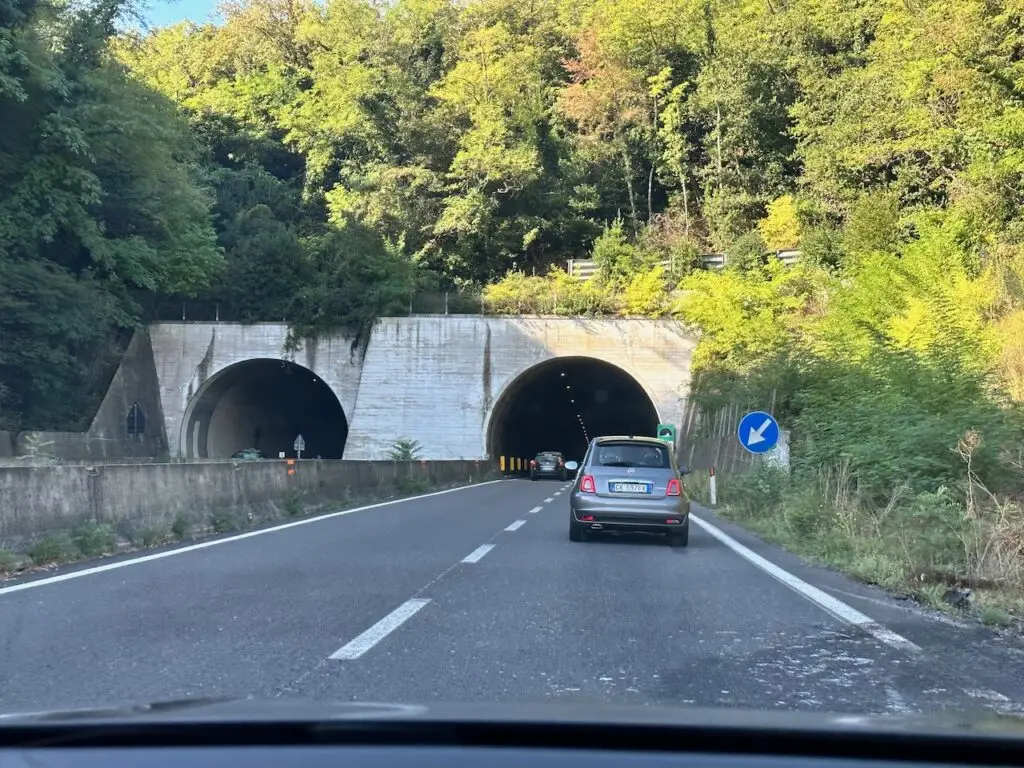
Our first stop was Siena. Glorious Siena. It’s about 4 0 minutes south of Florence in the Tuscan hillside. Twice before I’ve come here by bus and car. Both are very easy to navigate. Once again, we arrived by car.
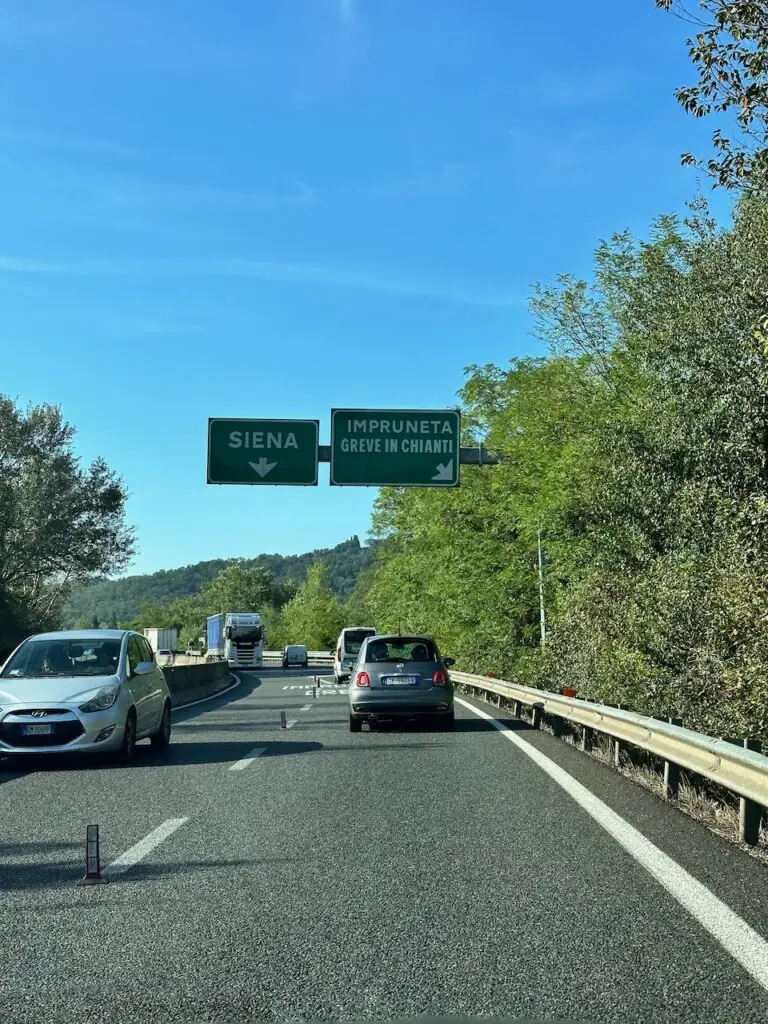
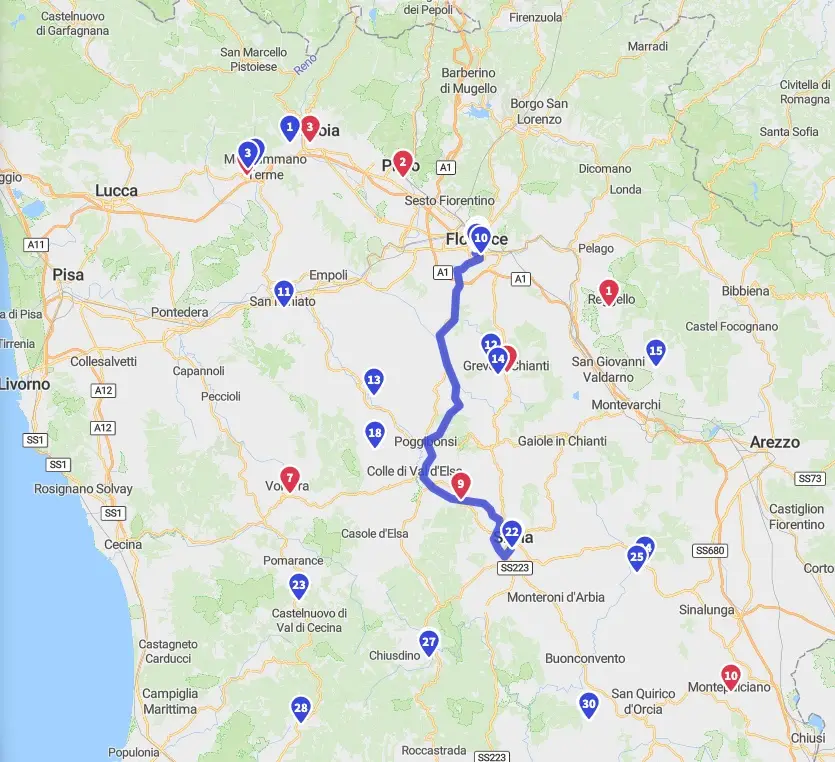
This small town is famous for its Palio horse races, which happen twice a year. Siena is my daughter’s name because I was so in love with this area when I gave birth — nothing has changed. I’m still charmed by both the country and my daughter.
Siena has a gothic style noted by its quintessential Sienese arch. The town has persevered remarkably well, and a visit here will turn back the clock and take you deep into Italian history.

Located in Tuscany, it’s part of Italy’s medieval area. A 7-kilometer ancient wall dating back to the 14th and 16th centuries surrounds the vast city center. Siena is developed on three hills, leading to its three major roads that form a Y-shape, ultimately dropping you into a valley (the city center) — Piazza del Campo or simply Il Campo.
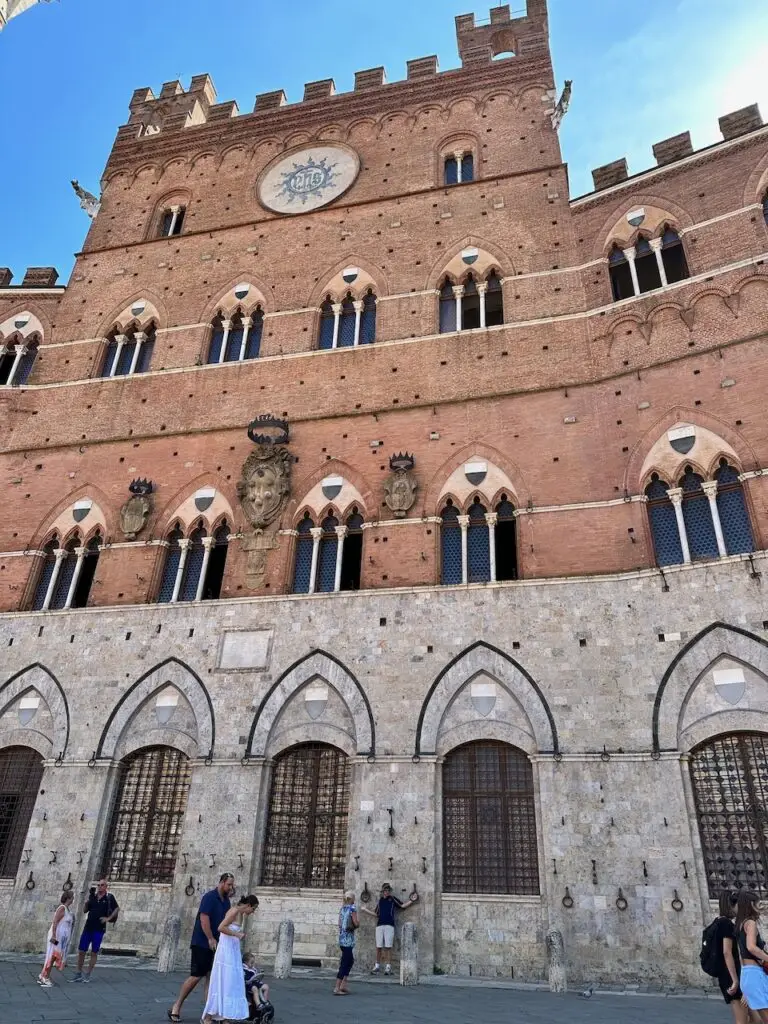
This is the piazza where people gather for food, apertivi, and to people watch. The Piazza del Campo will captivate you. If you visit, make time in your schedule to sit and enjoy taking in the sights and explore the narrow roads. Of course, there is lots of shopping, but there is so much to see when you are still.
In tourist season, the piazza will be packed. Busloads of people come for short visits and pour into the streets and surrounding restaurants. We visited in September and previously in November (far fewer tourists then but much cooler temperatures.) Please don’t get discouraged by the crowds; they lessen as the day progresses. If you can, stay until sunset and stroll around do — it will be less crowded as the buses leave. And before you go, visit Antica Siena’s store for fabulous gifts commemorating the village.

And do, as I will say repeatedly, wear walking shoes! These AllBirds were perfect even for me, and I’ve had foot surgery. I could manage the cobblestone and steep terrain.
Inside the Il Campo medieval square, walk around the Palazzo Pubblico (the Town Hall). Stop in the center of it and take a picture pointing up toward the sky to capture the tower. The angle makes it look like a postage stamp.
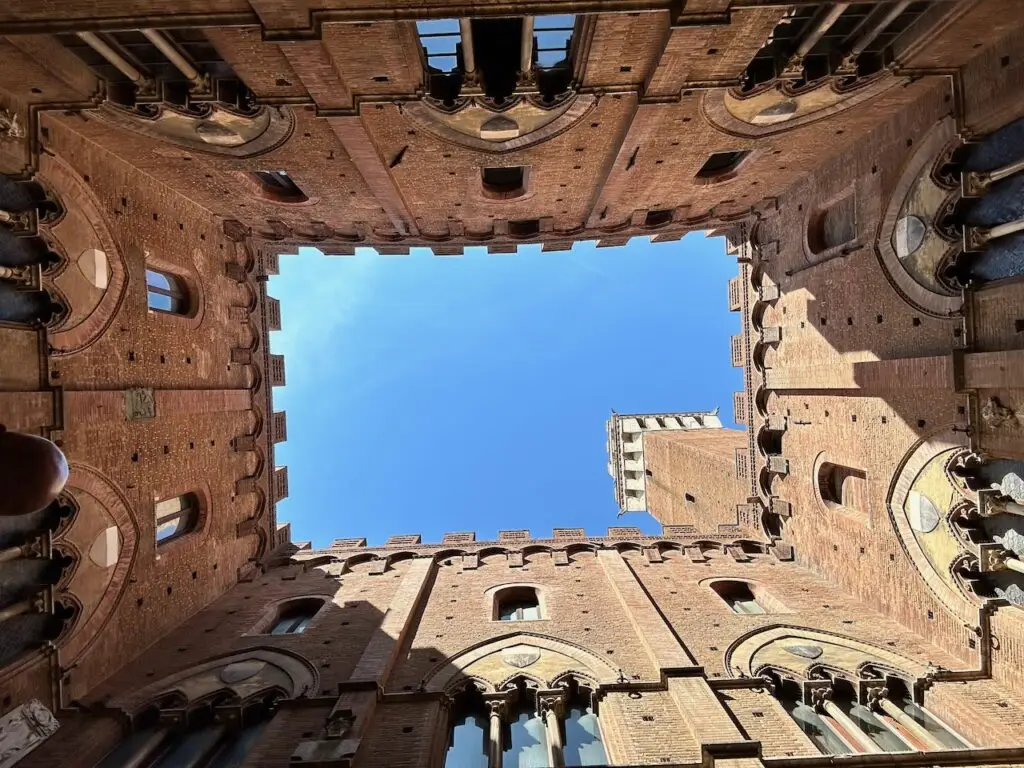
However, if you get out and explore beyond the town center of Siena, you will find condominiums and get a peek at how the Sienese live.
A picturesque view is sandwiched between two Italian condominiums in Siena. I love exploring and seeing how people live in the cities. You can see their laundry hanging out front in the bottom right corner of the photo. On the left-hand side of the image, you can see a window with a potted plant; we can hear conversation and laughter as Italians are having lunch inside.
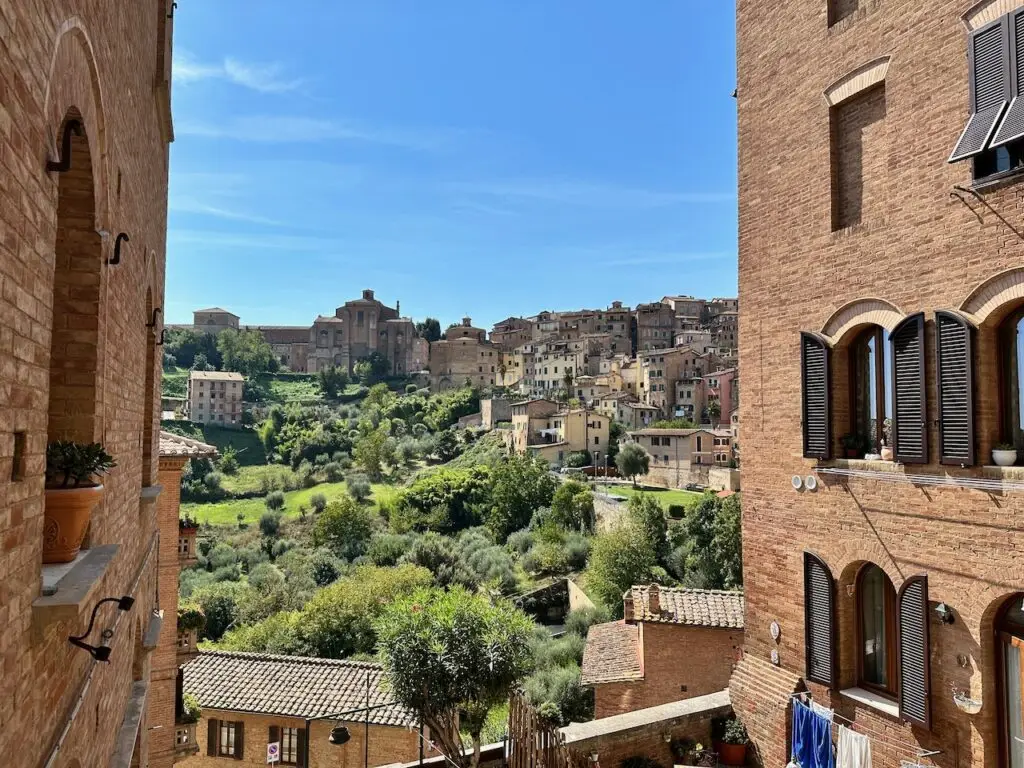
There were few tourists in this area. It was a delightful discovery, and our meandering paid off.
We were waiting for a chance to eat outside at a restaurant we found near a local church. I encourage you not to eat at the first restaurant you see surrounding the interior of Il Campo but instead to walk the roads and see what else you’ll find. Often, these other restaurants in the alleyways are the ones the locals go to, which was the case for the one we picked. However, we did wait quite a while, and it was worth it. We were happy to walk around and then enjoy a glass of wine out front of the Osteria.
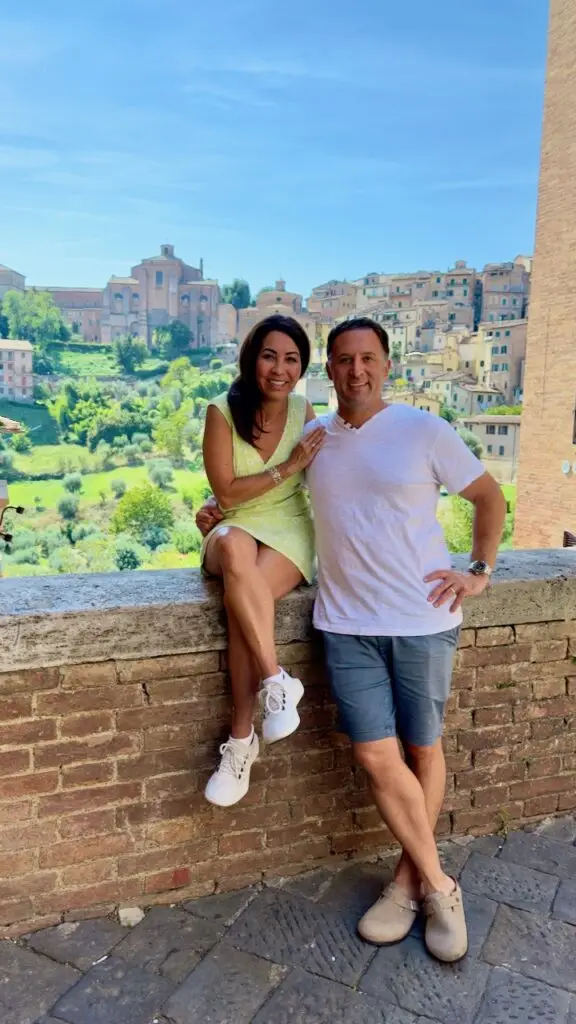
Osteria le Logge is a quaint restaurant in Siena, Italy, just a short walk from the Piazza del Campo. Nestled next to the San Martino Roman Catholic church on Via del Porrione, you’ll find some of the best authentic Italian food in this adorable restaurant. The inside is decorated with antiques, old paintings, and books — how can it not charm you?
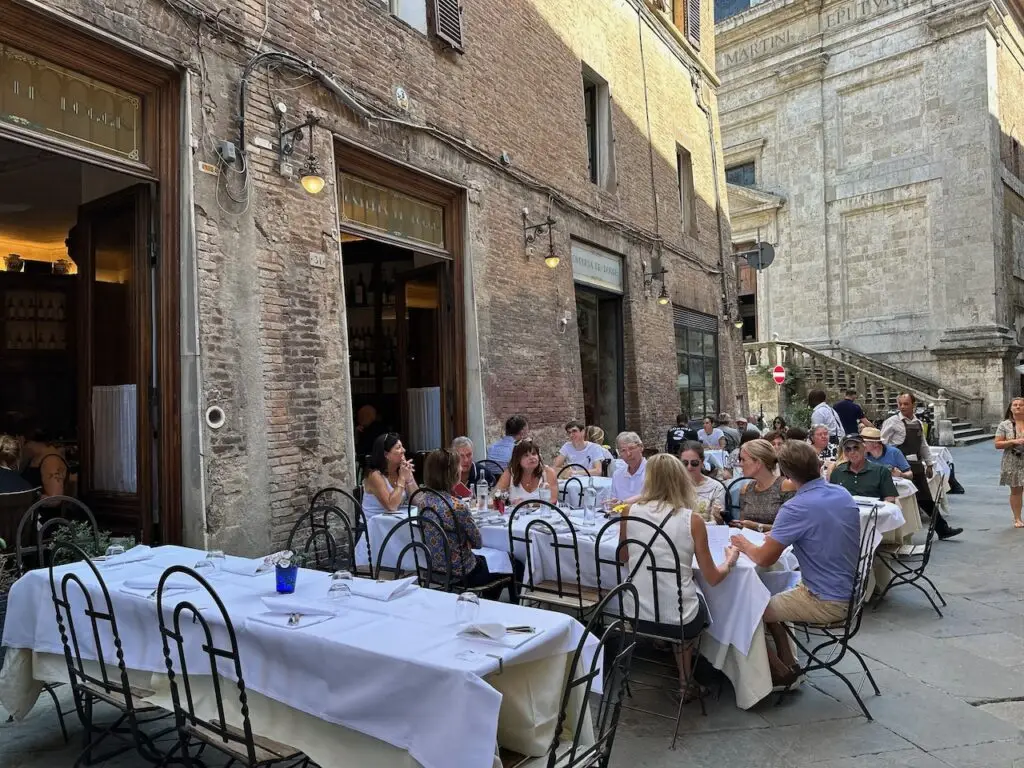
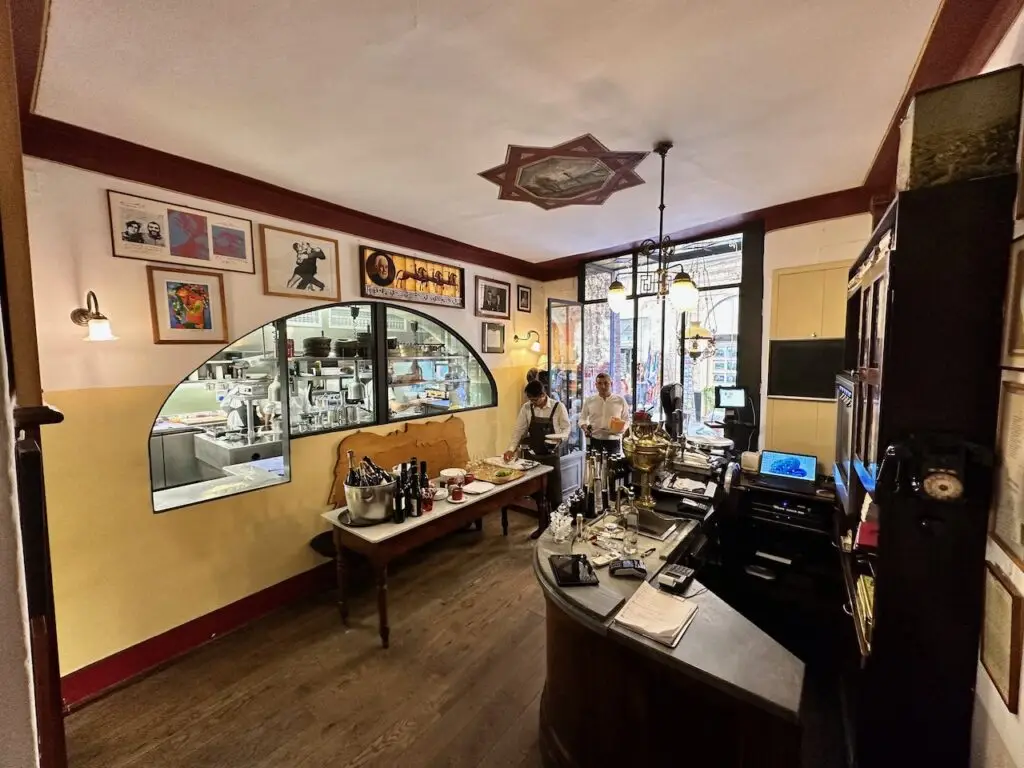
The food was exceptionally good and the prices very reasonable. We found this to be the case the more we dined at restaurants that were not part of big hotels or at the center of tourist attractions. We had, of course, pasta! But first, we enjoyed the Parmigiana di melanzane – pomodori gialli – curry -pesto — delicious eggplant antipasti. The Spaghetti “Mancini”– gamberi – bottarga di tonno – paprika | € 23 came with a salted, pressed, and dried roe sack of Sicilian tuna on the side that you are to cut up and mix in with the noodles to give it a savory flavor. John skipped that step, and the waiter was quick to point out that he should try it. He ended up taking a bite after his pasta was finished. Not quite the same. The idea is kind of like anchovies on a Caesar salad. I had the Tagliatelle fatte a mano – ragù toscano | € 21.– — off the charts good!
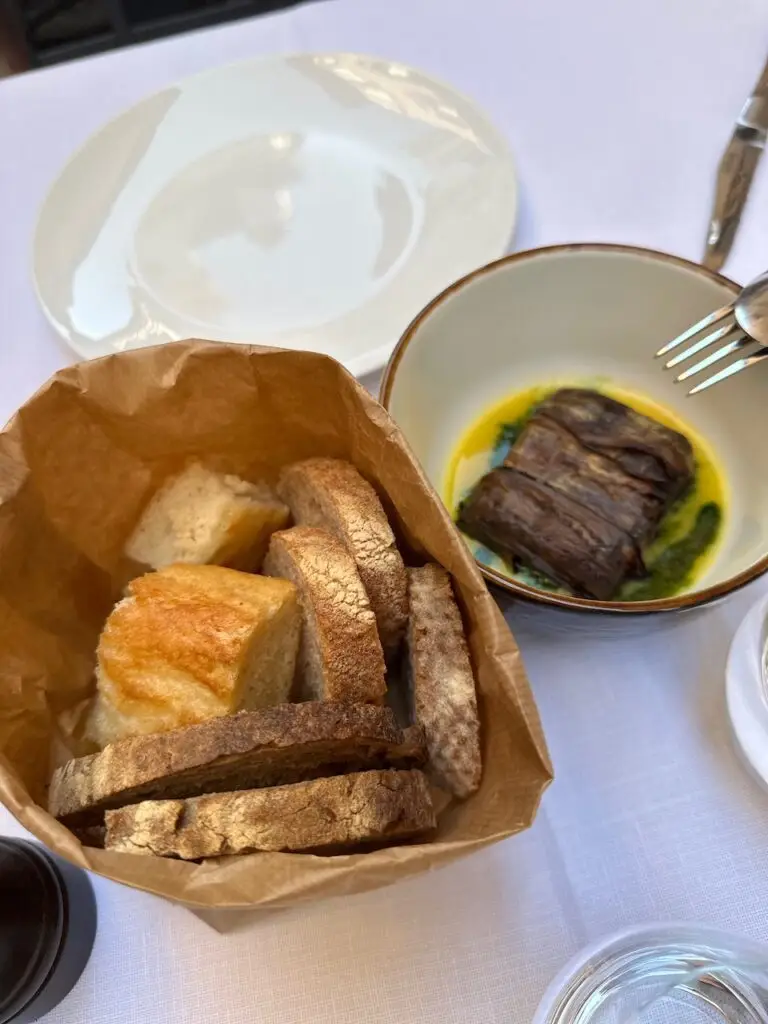
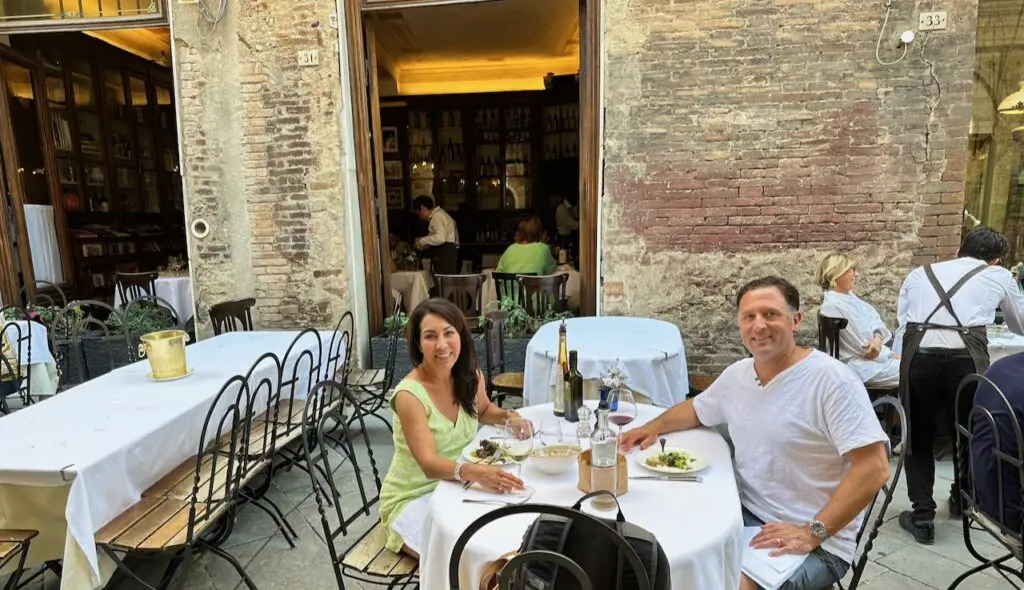
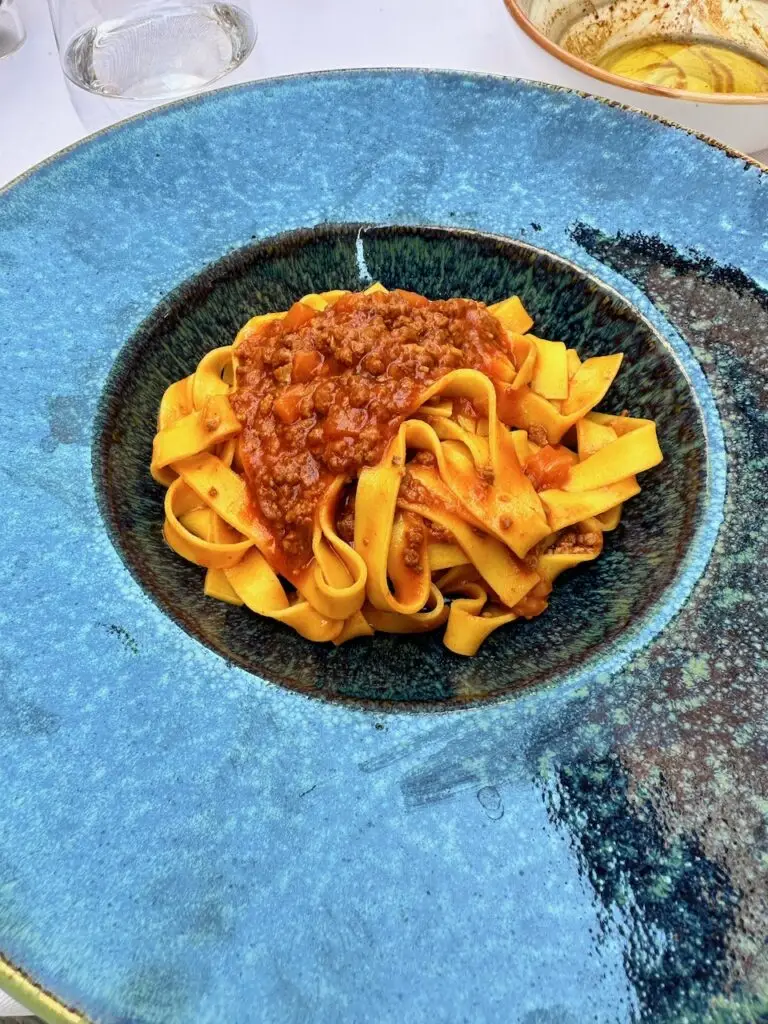
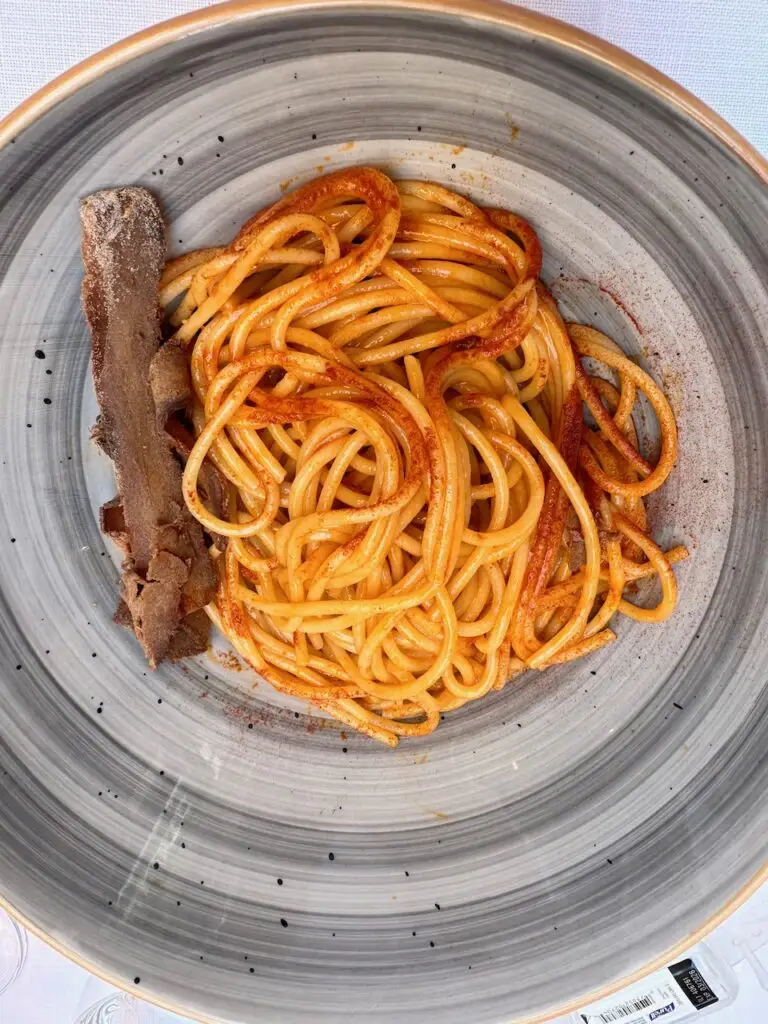
One of the greatest finds was a bottle of white wine made from a grape varietal called Vernaccia from the San Gimignano wine region. The 2019 Riserva by Panizzi was poured by the glass — lucky for us — it turns out this wine is rated highly by local wine critics. We loved this medium-bodied wine because of its mineral taste that offered refreshing yet complex and concentrated flavors that are perfectly balanced.
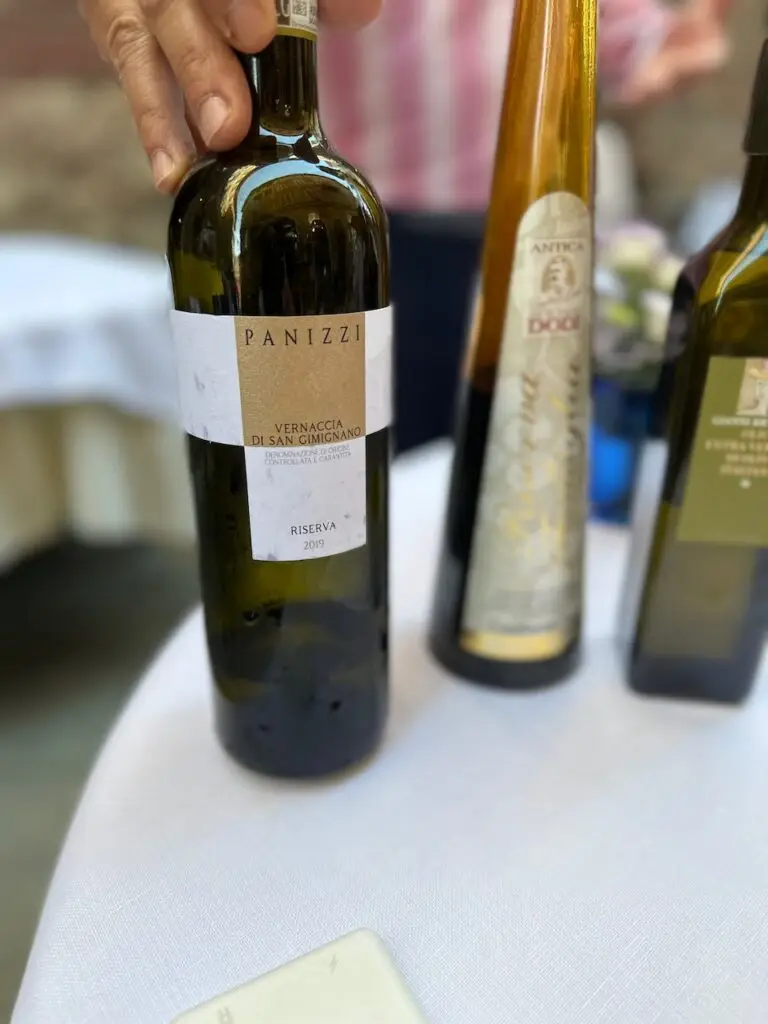
Osteria Le Logge also had a great selection of high-quality red wines that they poured by the glass. They stored the wines in a mini wine refrigerator and poured them from there, similar to how a Coravin is used. John had a glass of the 2013 Gianni Brunelli Brunello di Montalcino Riserva. He loved the dried rose and tobacco notes.
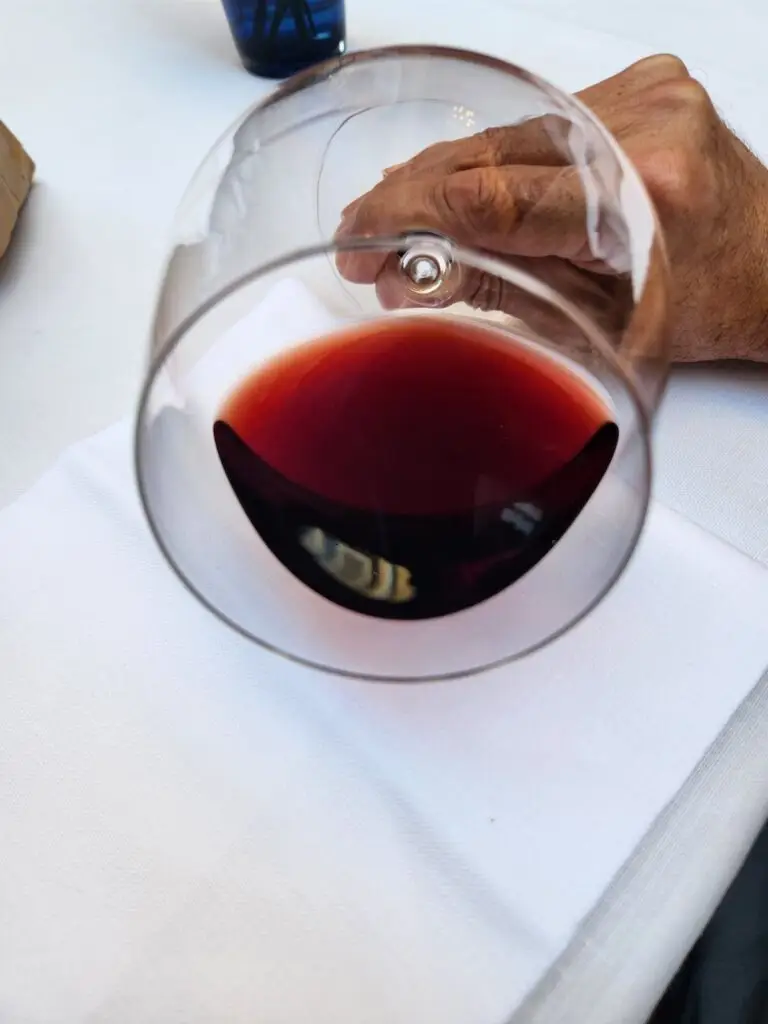
Our final task in Siena was to recreate a photo we took 20 years ago in the Fall. A gracious Italian man looked at our decades-old photo on my iPhone and helped us recreate the look. How’d we do?
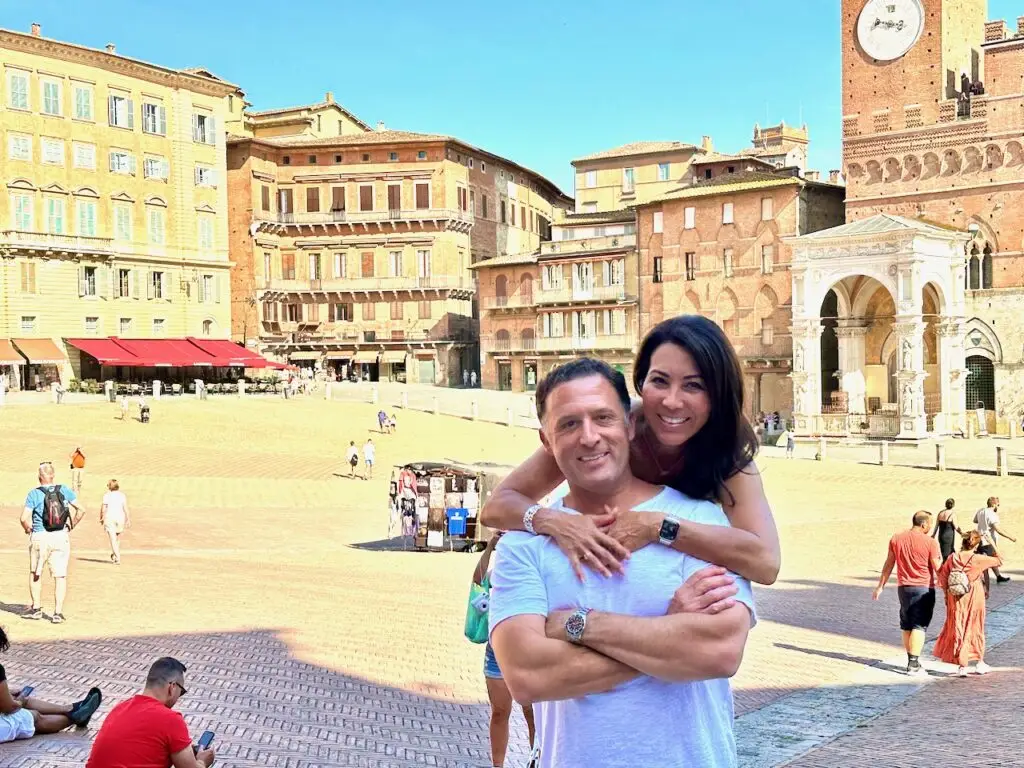
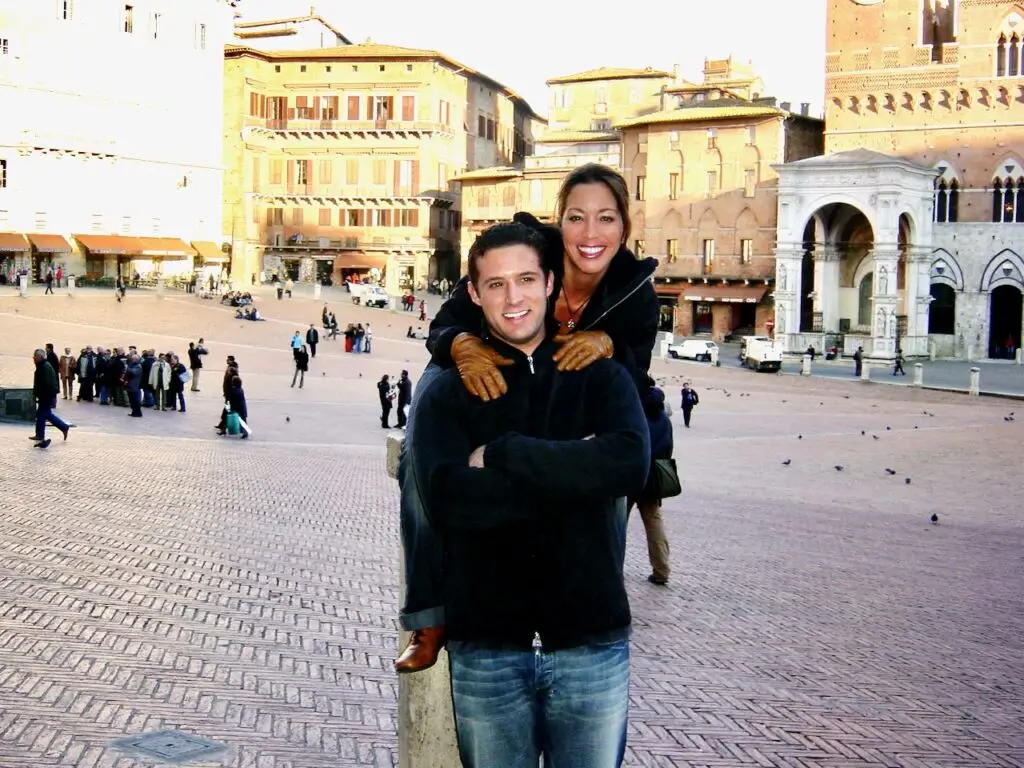
Tuscany and, especially, the area of Siena is very meaningful to both of us but Rome is where we first landed and closed our vacation. The first day we landed we did a nighttime tour of the Colosseum — what an incredible experience. You see two different cities when you explore Rome at night and then by day. Read more on our travels in Rome.
1 Comment
Comments are closed.

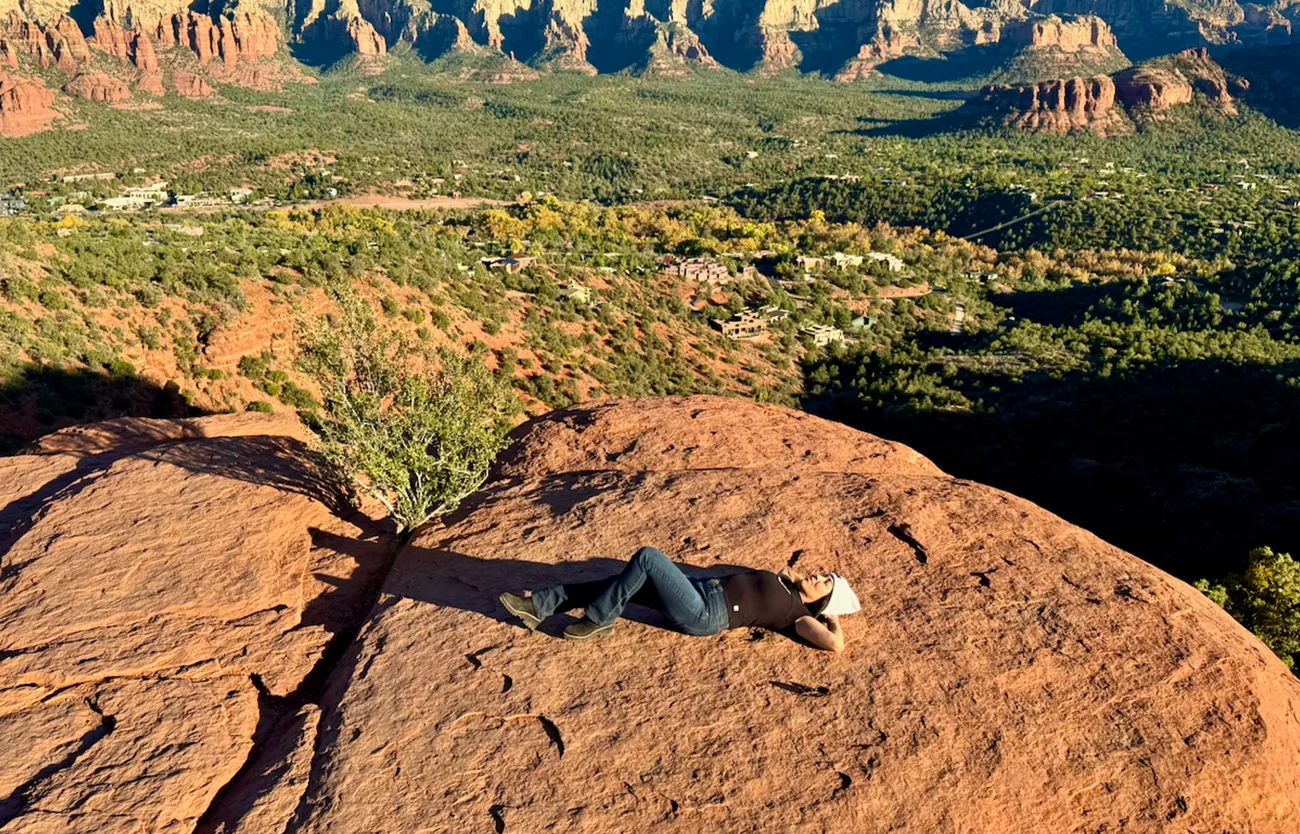
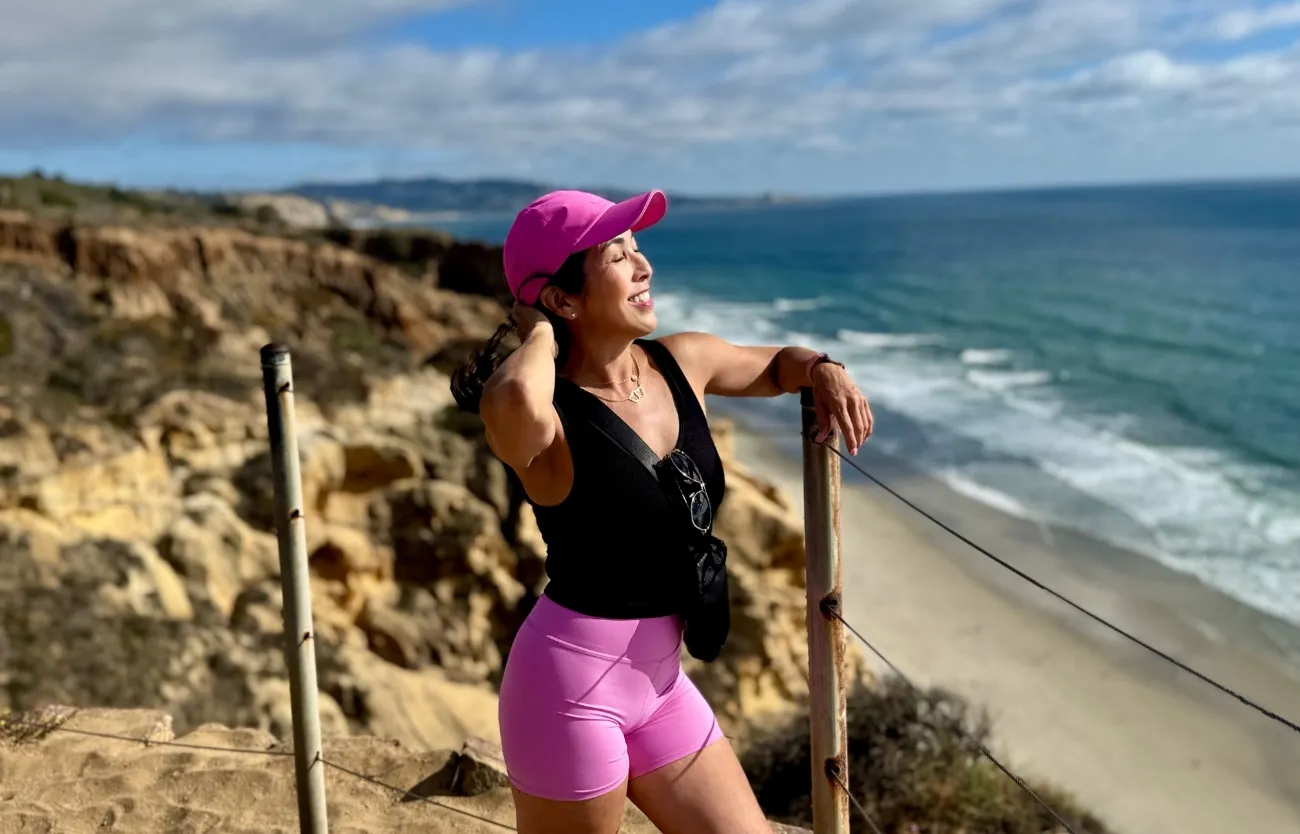
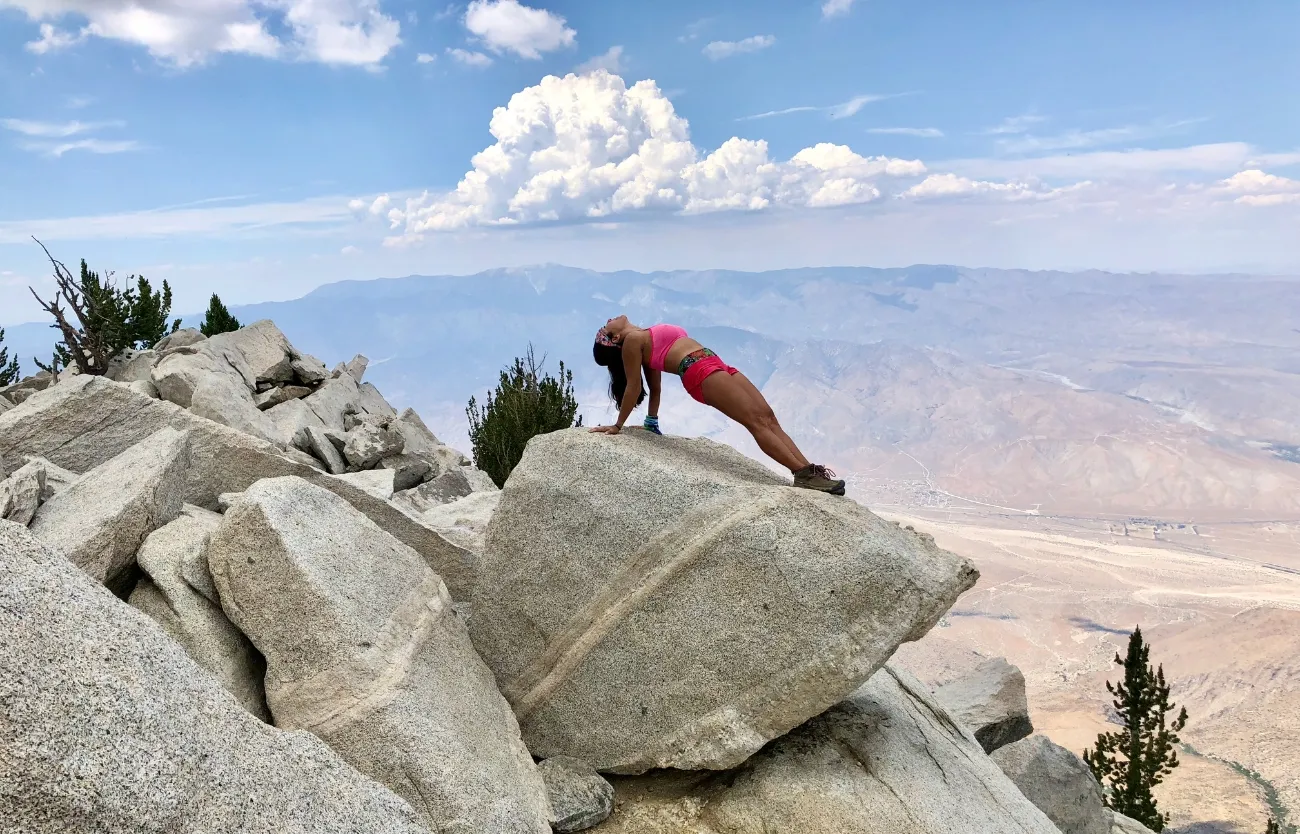
Pingback: Bologna's Rich History and Excellent Bolognese: A Traveler's Perspective - Live Fit Magazine